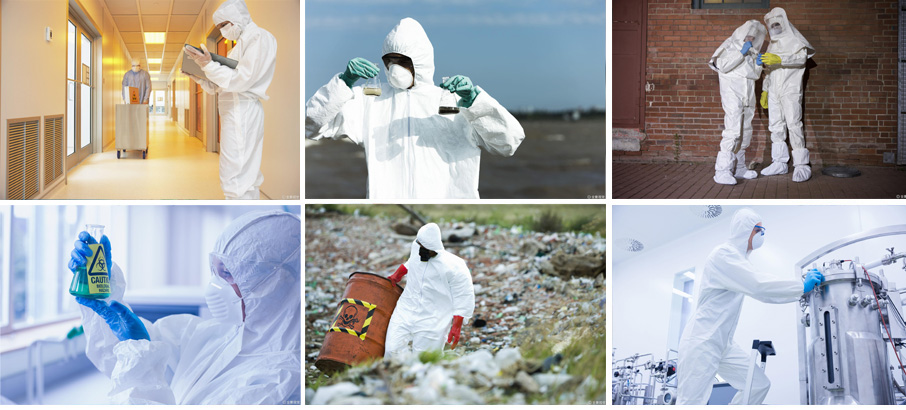
Detailed description of protective clothing fabric production process -- fiber types
For the majority of consumers, many people are very concerned about the production process of industrial protective clothing and the choice of fabrics, including the later inspection, because these factors determine the quality of protective clothing products, today I will first lead you to understand the type of fiber in detail.
Speaking of fiber, we have to mention two measures of fiber: 1.S (British sand) is the number of 840-yard lengths of a pound veil.
2.D (Tenier) refers to a drug-taking expression method of chemical fiber. It refers to the weight grams of 9000 meters long silk at a common fixed moisture regain rate, also known as denier number,
Below we will introduce the types of textile fiber in detail, the classification includes two kinds, organic fiber and inorganic fiber in natural fiber and organic fiber and inorganic fiber in chemical fiber.
Inorganic fiber refers to:
The inorganic fiber is produced by the high temperature melting and centrifugation of the ore and coke in proportion.The ore is a substitute for slag and silica.The main component of silica is silica, generally accounting for more than 90%, silica also contains aluminum oxide, iron oxide, magnesium oxide, calcium oxide and so on, but the proportion is small.
As has been said above, the ore and coke in proportion to the high temperature melting to get ultrafine inorganic fiber cotton, then after the high temperature melting, the main components of ultrafine inorganic fiber cotton become glass phase other components of ultrafine inorganic fiber cotton also wollastonite, alumina feldspar, calcium feldspar, a wollastonite and so on.
Inorganic fiber spraying originated in North America in the 1980s, developed countries and regions in North America, Europe and Asia Pacific in the 1990s, inorganic fiber was first introduced into China by Xinshi Foundation in 2002.The technology is to mix inorganic ultrafine fiber cotton processed by special process with special water-based adhesives, with non-toxic, tasteless, acid and alkali resistance, anti-aging, antibacterial and other characteristics, stable and lasting performance.After the material through special spraying equipment of form a complete set, the internal fiber mixed adhesive, forming has certain strength and toughness of extremely complex three-dimensional network structure, showing excellent insulating performance and excellent sound absorption performance, and condensation prevention, strong resistance to wind erosion, not falling, stick relay, and other functions, can effectively protect the substrate from corrosion and structure of the surface erosion of gas and wet gas, to prevent rusting steel structure and avoid refractory be affected with damp be affected with damp off.Its comprehensive characteristic is the traditional heat preservation and sound absorption material can not compare.
Organic fibre: What we currently call organic fibre usually refers to fibre grown organically (or farmed) and certified by an accredited independent organisation.Organic farming (or farming) means that the process meets certain organic standards, such as the requirement for organic cotton fiber: no toxic or residual pesticides or fertilizers, no sewage sludge, and no radioactive or genetic engineering.Common organic standards are NOP, JAS and EC834-2007.Therefore, the organic fiber usually refers to the natural plant fiber or animal fiber meeting the organic standards, such as organic cotton, organic hemp, organic silk, organic wool, etc.